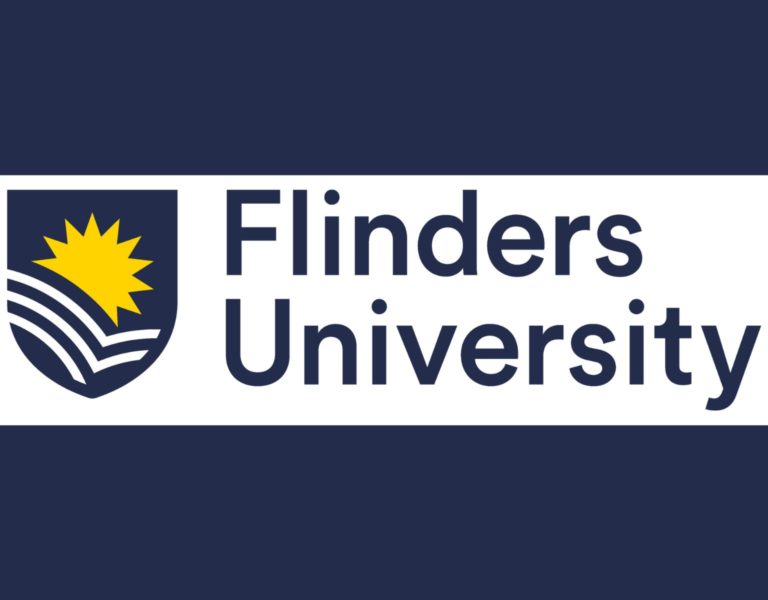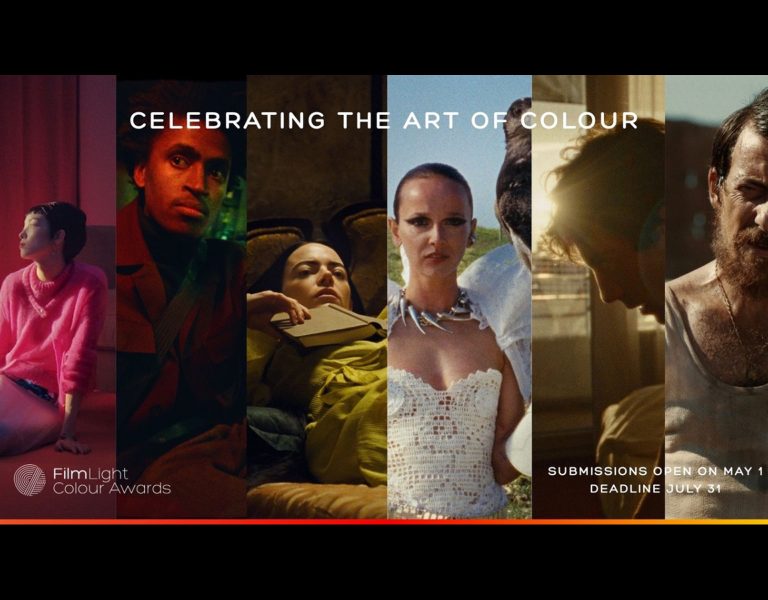
The first scenes from a ground-breaking movie making project have been released, showcasing a new virtual production technique that allows actors to work together in real-time in two different locations using a 5G internet connection.
In a first for the UK film industry, the test sequence used the rapid bandwidth speed of wireless 5G to connect industry quality digital backdrop screens in studios in Dundee and Manchester, allowing two actors to be filmed against a consistent virtual environment, without the need to travel to an exotic location, or be in the same room.
Virtual production is a cinematography technique that uses computer-generated imagery (CGI), high-definition LED screens and motion capture to create virtual sets, allowing filmmakers and theatre directors to create large-scale digitally generated environments to support real-time interaction, offering a faster, less expensive alternative to green screens.
The project is the first UK proof of concept for wireless virtual production filmmaking, opening the door to a more flexible approach as 5G is rolled out across the country, while also showcasing the potential for mobile studios capable of being set up on any site with a 5G connection.
Led by Abertay University in Dundee, the 5G project is part of the Tay5G use case trial funded by the Scottish Government through the Tay Cities Region Deal and is supported by Dundee City Council; InGAME (Innovation for Games and Media Enterprise); VSS (Video Screen Services) StoryFutures; Royal Holloway, University of London; Scotland 5G Centre and telecoms infrastructure company AWTG.
A large LED screen, part of which was previously used to film 2022 movie The Batman, was installed by VSS in Abertay’s new Virtual Production Research Environment in Dundee and was linked via 5G by AWTG to a similar screen in Manchester.












